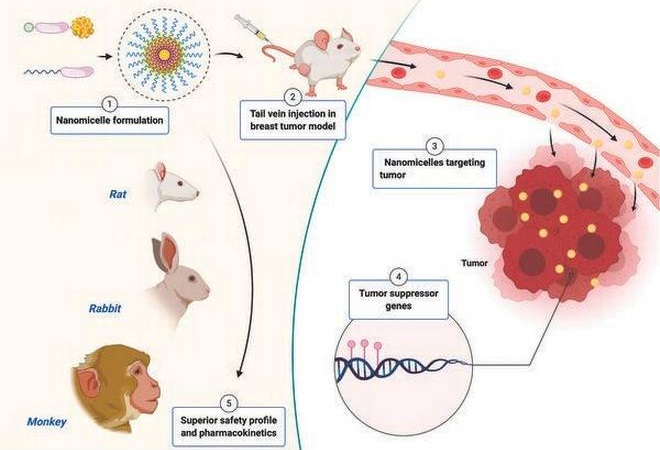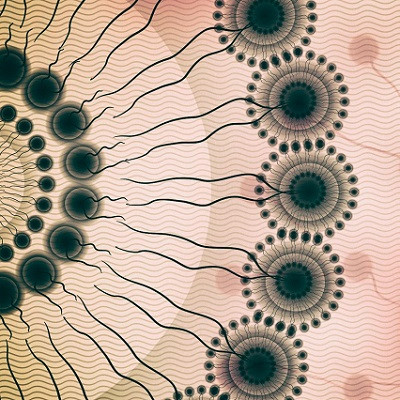With the advance in nanotechnology, researchers across the globe have been exploring how to use nanoparticles for efficient drug delivery.
Similar to nanoshells and nanovesicles, nanomicelles are extremely small structures and have been noted as an emerging platform in targeted therapy. Nanomicelles are globe-like structures with a hydrophilic outer shell and a hydrophobic interior. This dual property makes them a perfect carrier for delivering drug molecules.

Once injected intravenously, these nanomicelles can easily escape the circulation and enter the solid tumours.
Drug delivery
Now a multi-disciplinary, multi-institutional team has created a nanomicelle that can be used to deliver a drug named docetaxel, which is commonly used to treat various cancers including breast, colon and lung cancer.
“The ideal goal for cancer therapy is destroying the cancer cells without harming healthy cells of the body, and chemotherapeutics approved for treatment of cancer are highly toxic. The currently used docetaxel is a highly hydrophobic drug, and is dissolved in a chemical mixture (polysorbate-80 and alcohol). This aggravates its toxic effects on liver, blood cells, and lungs.
So, there was an urgent and unmet need to develop effective drug delivery vehicles for docetaxel without these side effects,” explains Avinash Bajaj, from the Laboratory of Nanotechnology and Chemical Biology at the Regional Centre for Biotechnology (RCB), Faridabad. He is one of the corresponding authors of the paper recently published in Angewandte Chemie.
Small but active
The nanomicelles are less than 100nm in size and are stable at room temperature. Once injected intravenously these nanomicelles can easily escape the circulation and enter the solid tumours where the blood vessels are found to be leaky.
These leaky blood vessels are absent in the healthy organs. “Chemical conjugation would render the phospholipid-docetaxel prodrug to be silent in the circulation and healthy organs. But once it enters the cancer cells, the enzymes will cleave the bond to activate the drug, and kill the cancer cells,” adds Dr. Bajaj.
The team tested the effectiveness of the nanomicelles in a mice breast tumour model and was found to help in tumour regression. Its toxicity was compared with the currently used FDA approved formulation and found to be less toxic. Similar promising results were seen when tested in higher model organisms including rats, rabbits and rhesus monkeys.
The team further studied the mode of action of the nanomicelles and found that they work by enhancing the expression of tumour suppressor genes.
“We are currently working to develop a nanomicelle which can carry multiple drugs and increases the effectiveness of individual drugs.
Previously we developed a hydrogel drug delivery system to carry a combination of three drugs. These nanomicelles are extremely cost-effective and can prove to be next-generation chemotherapeutic,” adds Ujjaini Dasgupta from the Amity Institute of Integrative Sciences and Health, Amity University, Gurgaon.
Read the original article on The Hindu.
